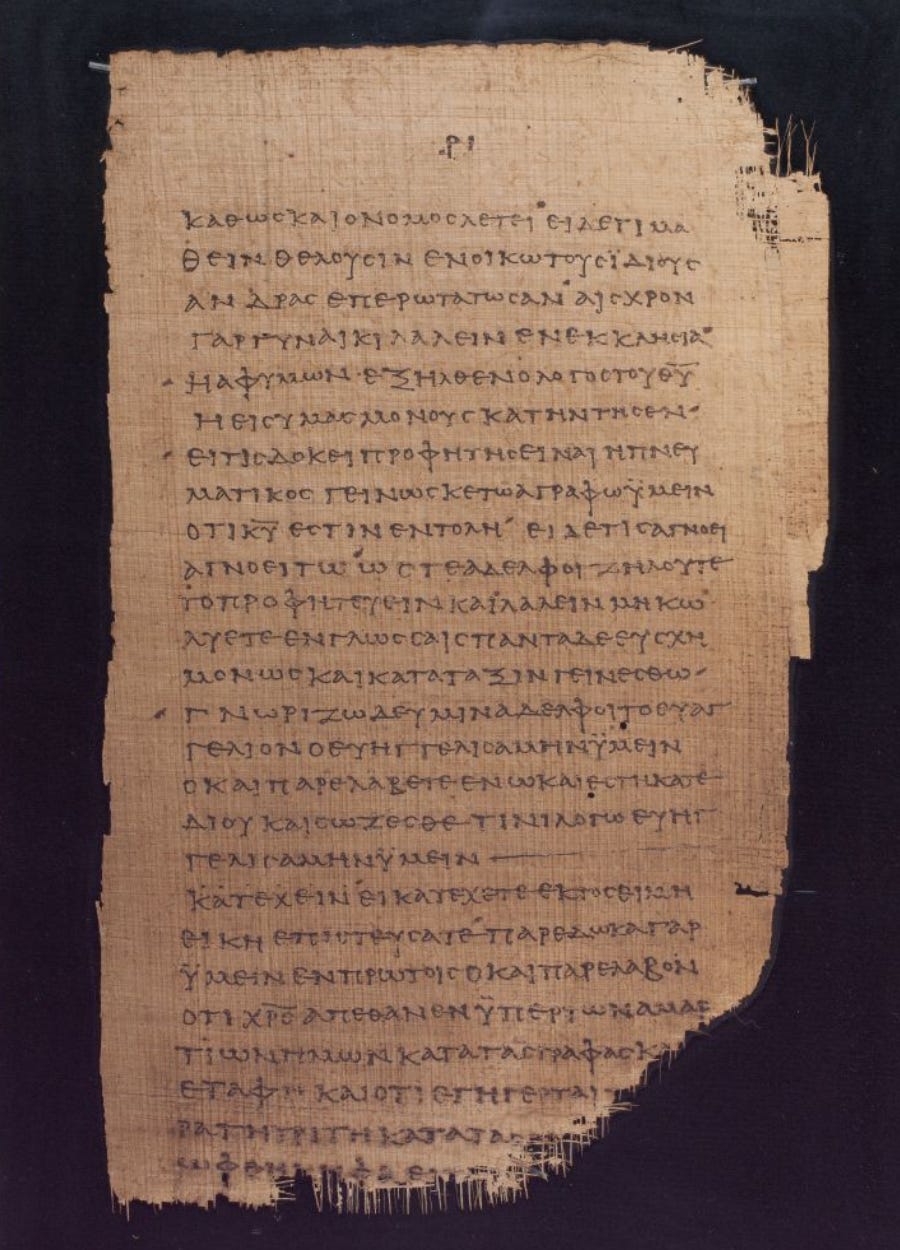The Apostles and Disciples of Jesus: History, Tradition, and Evidence
Christian History | Article # 5
The word “apostle” comes from the Greek apostolos, meaning one who is sent. The word “disciple” comes from mathetes, meaning learner or follower. Christian tradition says Jesus chose twelve apostles during his public ministry, while many other men and women followed him as disciples. Islamic sources speak of faithful supporters called al-hawariyyun, without listing names or a number. Historical work must distinguish between Christian internal tradition, Islamic revelation, and what can be independently verified from first-century evidence. There is no surviving non-Christian record from the first century that lists the Twelve or confirms the choosing event. The Gospels and Acts remain the primary witnesses for this claim, written decades after the events they narrate. Paul’s letters are the earliest Christian writings and already refer to apostles and to a community led by James in Jerusalem.
This article presents what each major source claims, where those claims converge, where they conflict, and what is uncertain. The goal is clarity, not partisanship.

The Twelve in Christian Tradition
Christian texts report that Jesus chose twelve named apostles. Gospels titled Mark and Matthew provide lists that substantially agree, the Gospel traditionally titled ‘Luke’ lists their names (Luke 6:12–16). The work traditionally titled ‘Acts of the Apostles’ reports that Matthias was chosen to replace Judas Iscariot after Judas’ death (Acts 1:21–26). Acts is the narrative sequel to Luke in early Christian tradition. The number twelve likely also carries symbolic meaning that recalls the twelve tribes of Israel.
“Twelve” is more than a headcount. In Israel’s scriptures (the Jewish Tanakh, called the Old Testament in most Christian Bibles; here “Israel” means the ancient biblical people, not the modern state) the nation is structured around twelve tribes descended from Jacob, who is also called Israel (Genesis 32:28; 35:10). Jacob’s sons are Reuben, Simeon, Levi, Judah, Dan, Naphtali, Gad, Asher, Issachar, Zebulun, Joseph, and Benjamin. Lists sometimes differ for practical reasons. Levi is set apart for priestly service and does not receive a land allotment, and Joseph is often counted through his sons Ephraim and Manasseh so the total remains twelve in land distributions. That background explains why the Gospels present Jesus choosing twelve named disciples. The number signals a reconstitution of Israel around him, not an arbitrary team size. The texts make the symbolism explicit. Jesus promises the Twelve they will sit on twelve thrones judging the twelve tribes of Israel (Matthew 19:28) and gives them a share in his kingdom (Luke 22:28–30). In Bible language, “judge” means to govern or exercise authority, not only to hold a courtroom. The New Jerusalem is pictured with twelve gates named for the tribes and twelve foundations named for the apostles (Revelation 21:12–14). Luke–Acts reinforces the point by restoring the group to twelve before Pentecost when Matthias replaces Judas (Luke 6:12–16; Acts 1:21–26). Biblical lists of tribes vary in some passages for literary or symbolic reasons, for example Revelation 7 omits Dan and lists Joseph in place of Ephraim, yet the theological point stays the same: “twelve” denotes the fullness of Israel. The apostles do not map one-for-one to tribal names. They function as a representative leadership for Israel renewed around Jesus. Christian tradition connects the Twelve apostles with the twelve tribes of Israel as a symbol of Israel renewed while the Qur’an connects “twelve” to the Children of Israel only, twelve tribes and twelve leaders. It does not connect Jesus’s disciples to the number twelve or to the twelve tribes. It refers to them simply as al-hawariyyun without giving a number.
Names in the canonical lists
Peter (Simon Peter or Cephas), Andrew, James son of Zebedee, John son of Zebedee, Philip, Bartholomew, Matthew (Levi), Thomas (Didymus), James son of Alphaeus, Thaddaeus (Judas son of James), Simon the Zealot, Judas Iscariot. Matthias is added in Acts 1 to replace Judas.
While the Gospels titled Matthew, Mark, and Luke as well as Acts provide lists of the Twelve apostles by name, the Gospel of John refers several times to “the Twelve” as a group , but never actually lists all their names together. This difference shows that John assumes knowledge of the group but does not present a formal roster like the Synoptic Gospels.
Keep reading with a 7-day free trial
Subscribe to VEINS OF TRUTH to keep reading this post and get 7 days of free access to the full post archives.

